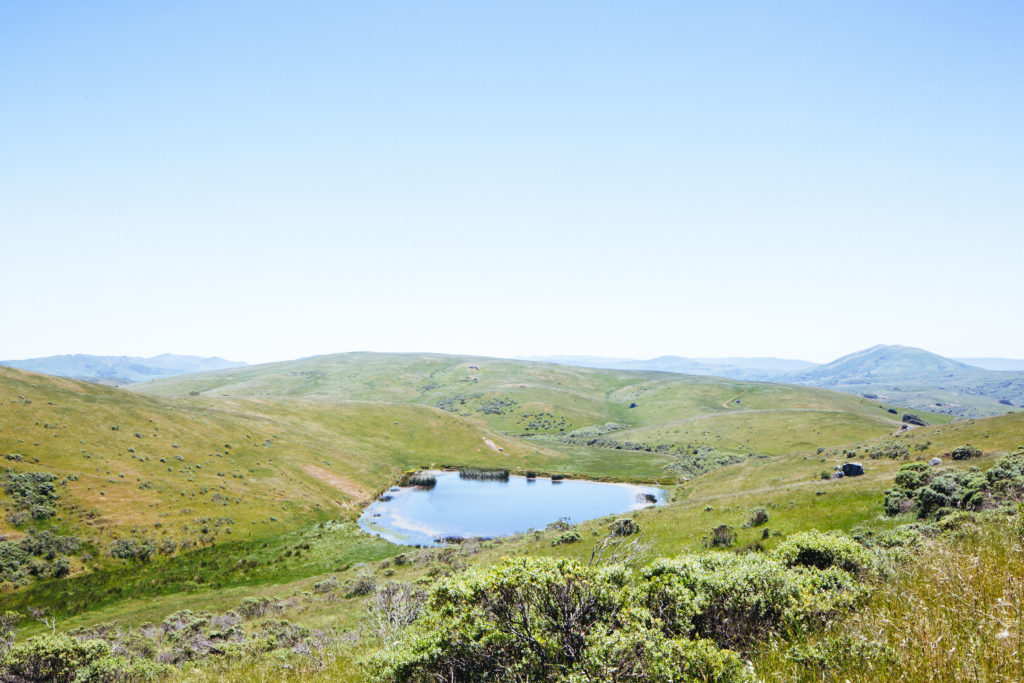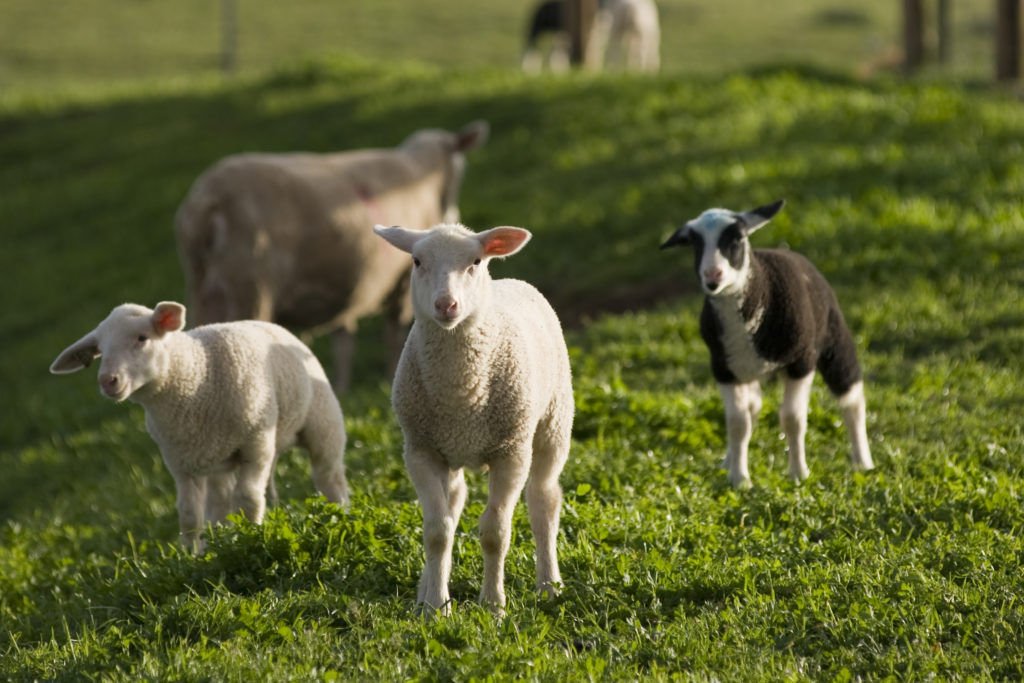Introducing the Bay Area Ranchers Co-Op (BAR-C)
February 4, 2021
Marin and Sonoma meat producers take the supply chain into their own hands.
Communities across the Bay Area have long championed local food production, taking pride in knowing who raises the animals, tends the fields, milks the cows and makes the cheese that ends up on their plates.
For the meat eaters among us, the journey an animal takes from pasture to plate is of particular interest. We see cattle roaming on rolling hills, lambs hopping through spring grass, hogs rooting under eucalyptus groves and goats chomping down fire fuel. We watch ranchers dutifully driving through rough terrain to check their herd and evaluate pastures, ensuring animals are receiving adequate nutrition through the changing seasons. We hear stories of bottle-fed orphans and ranchers’ heroic efforts to assist with births. And we understand the value in the fact that local, small-scale ranchers are mindful of nearly every aspect of an animal’s life on the land.
When the time comes for an animal to leave the land, however, many local ranchers feel they lose control. And it’s this step in the supply chain, the harvesting of meat, that even the most conscientious of consumers don’t want to think about.
 Beautiful pasture at MALT-protected Evans Nicasio Ranch, home of the Rossotti Ranch brand.
Beautiful pasture at MALT-protected Evans Nicasio Ranch, home of the Rossotti Ranch brand.Recognizing the Need
In 1970, there were roughly 10,000 animal harvest facilities in the United States. But as the United States Department of Agriculture (USDA) tightened regulations, many facilities found it too costly to keep their doors open. Today, there are only 3,000 or so USDA animal harvest facilities across the country, and only five multi-species facilities in the state of California. The reduction in meat harvesting facilities has created a bottleneck in production, resulting in a fragile supply chain that often leaves small-scale producers scrambling.
The majority of Marin and Sonoma County ranchers haul their animals up to 250 miles one way to reach meat harvest facilities that accept multiple animal species and harvest for brands other than their own. This increases operational costs, contributes to carbon emissions, creates stress for the animals and takes control and oversight away from small-scale producers. Recognizing the Bay Area’s need for a local meat harvest facility, a group of local ranchers joined together to form the Bay Area Ranchers Co-Operative, also known as BAR-C.
Bar-C started last year as a community conversation with a mission to create a local USDA-approved meat harvesting option that would provide reliable, humane, hygienic and flexible local harvesting where small-scale producers would maintain control of their own brand. With buy-in from founding members and investors, the cooperative has moved forward with the purchase of a USDA-approved mobile meat harvest unit and is working in collaboration with the Sonoma County Agricultural Preservation and Open Space District to identify a suitable location for its operation. As demand from Bay Area ranches increases, the cooperative, which includes 16 founding members, three of whom — Kevin Maloney, Julie Rossotti and Marcia Barinaga — operate on MALT-protected land, may work to create additional harvesting sites.
Founding member Marcia Barinaga operates a MALT-protected sheep ranch on Tomales Bay. In an average year she harvests roughly 50 lambs, selling directly to customers and restaurants. Without a local harvest facility, she has to drive her animals 150 miles round trip to be harvested, often incurring additional fees that result from processing small herds.
“Animal producers want to maintain control of the whole process of raising animals for meat — of the lives and processing of their animals. BAR-C was created ‘by ranchers for ranchers’ with policies to allow members to benefit and thrive.”
Marcia Barinaga
 Spring lambs at MALT-protected Barinaga Ranch.
Spring lambs at MALT-protected Barinaga Ranch.Making an Impact
Having access to a local meat harvest unit will also decrease Marin producers’ carbon hoof print. In fact, BAR-C estimates that the establishment of Bay Area harvest facilities will result in a 78% decrease in local emissions by eliminating the long-distance trips Bay Area ranchers must currently make to facilities outside of the region. And when it comes to animal welfare, a shorter drive means less stress on the animals, which is important to producers and consumers alike as added stress can negatively impact the quality of the meat.
For consumers, understanding every step in the meat supply chain, from birth to butcher, allows for more conscious meat consumption. This final link in the supply chain will allow consumers the opportunity to buy and support local brands that truly are local. As Marcia points out, “that’s good for the local economy — every dollar that you spend locally circulates in the community.”
BAR-C hopes to secure a site for the mobile meat harvest unit, hire staff and start operating by the spring of 2021. To learn more about BAR-C, visit their website.
Stay Connected to MALT!